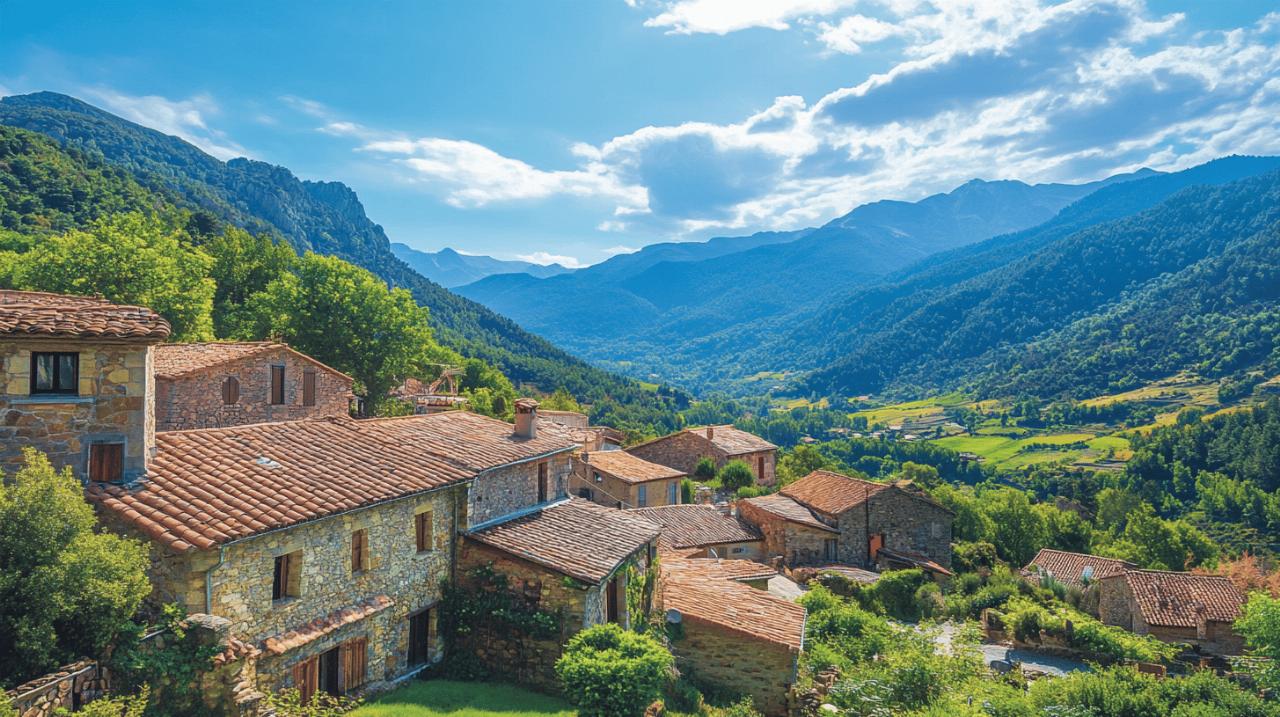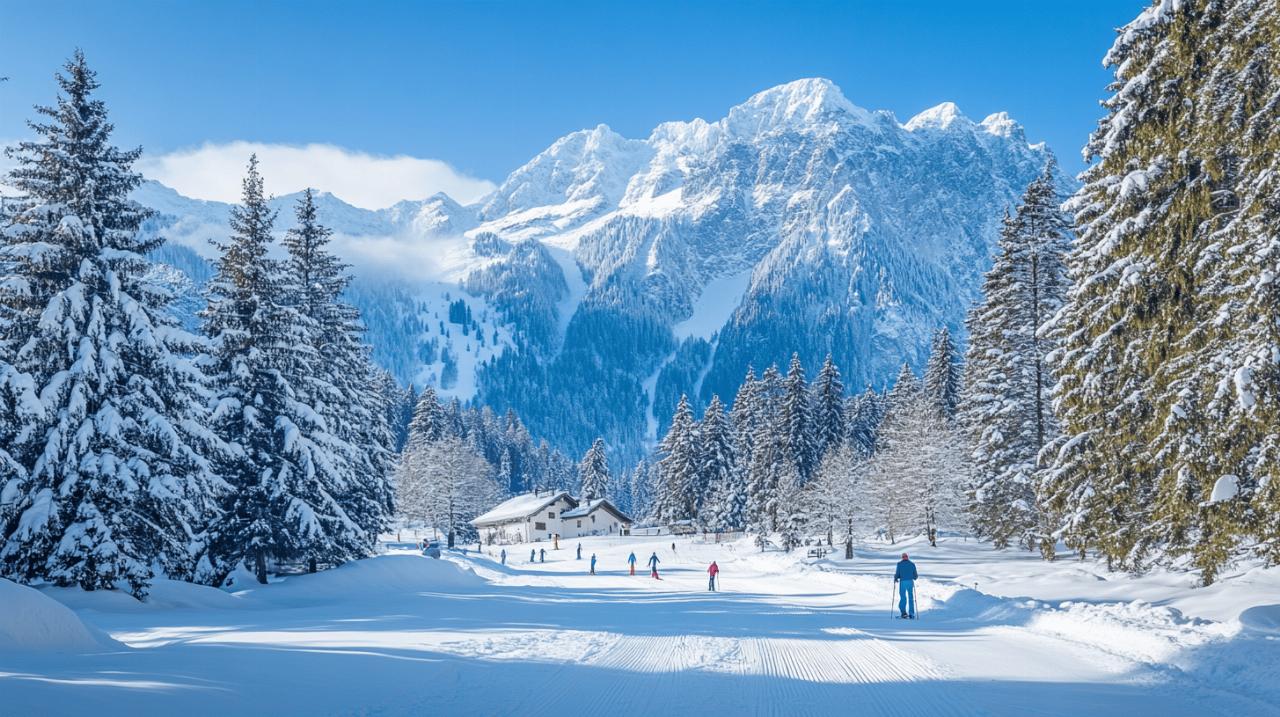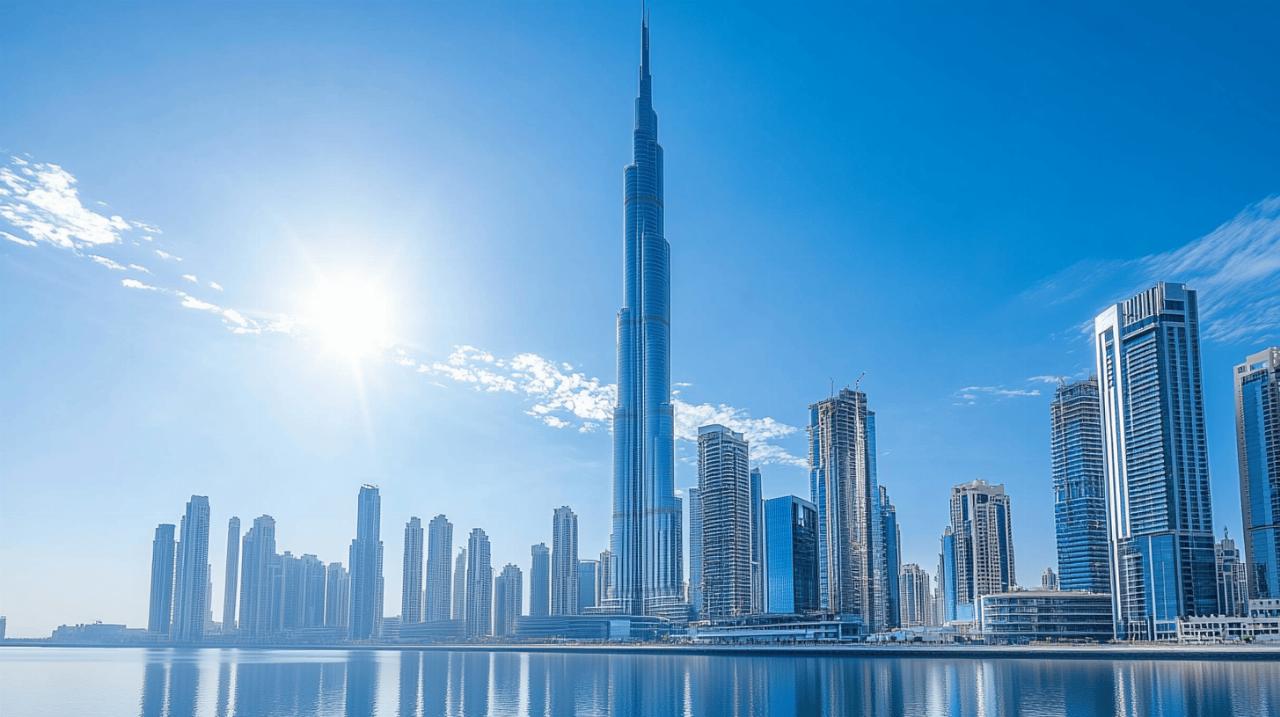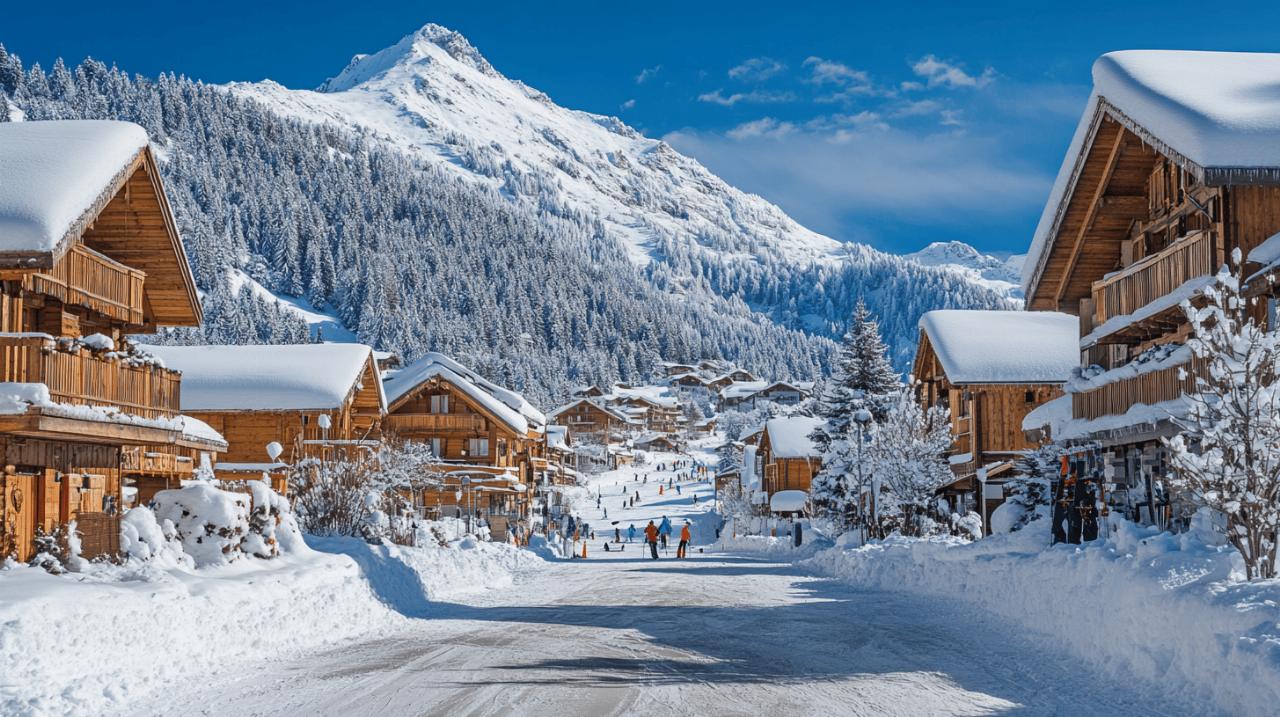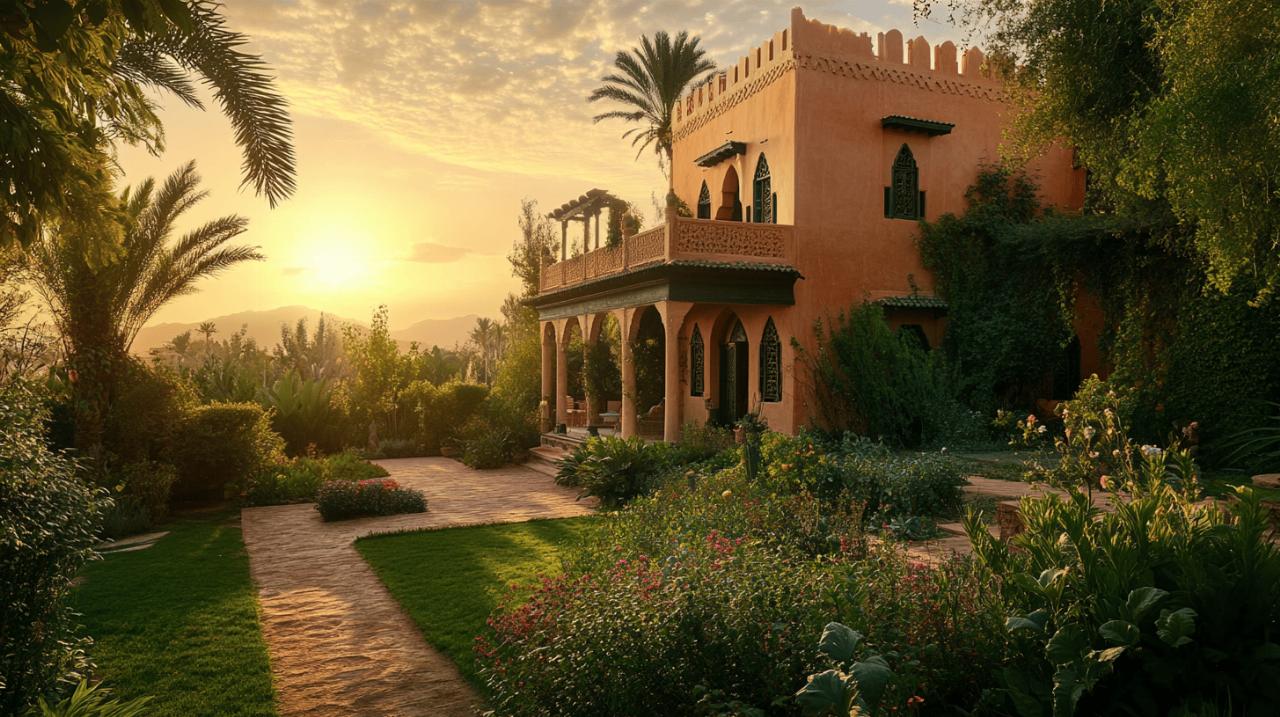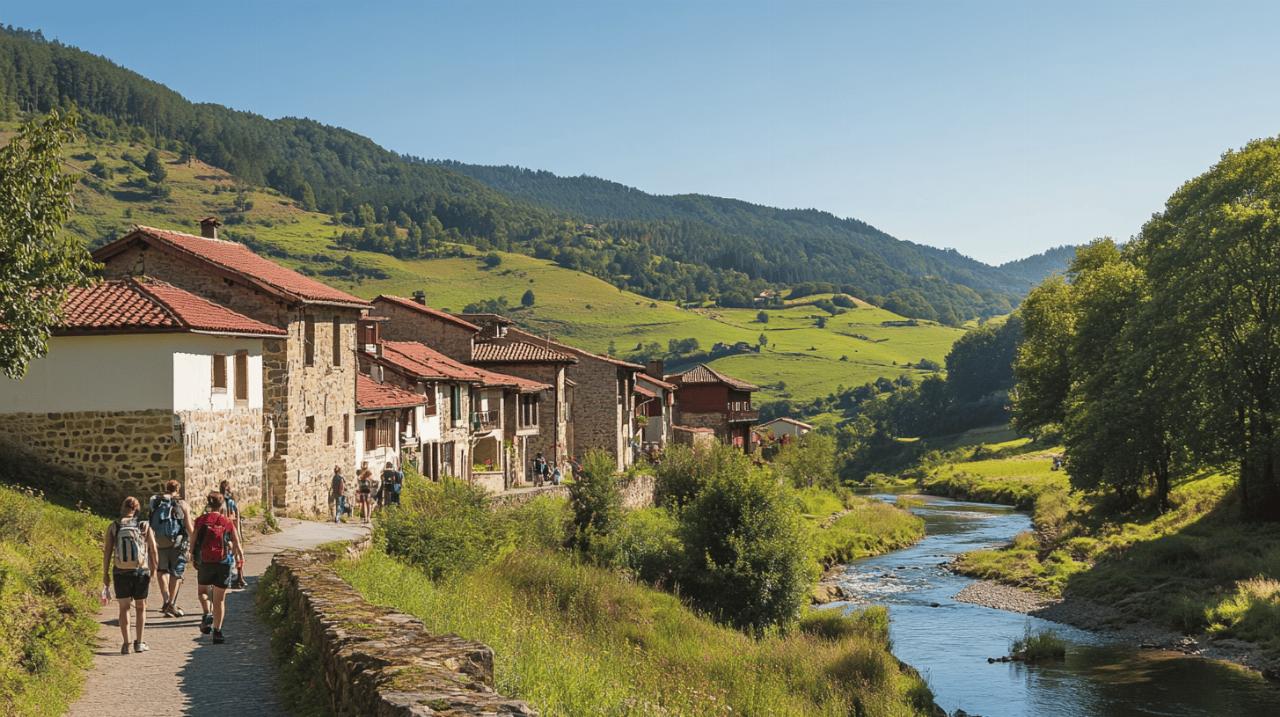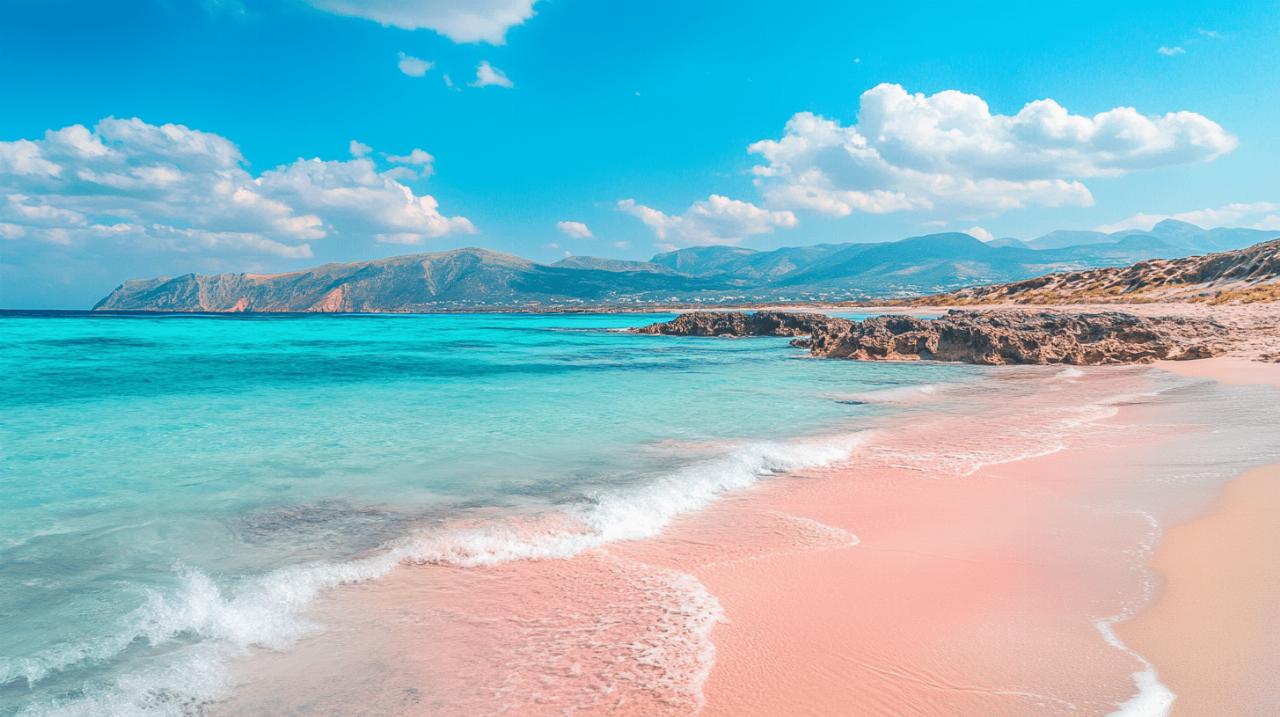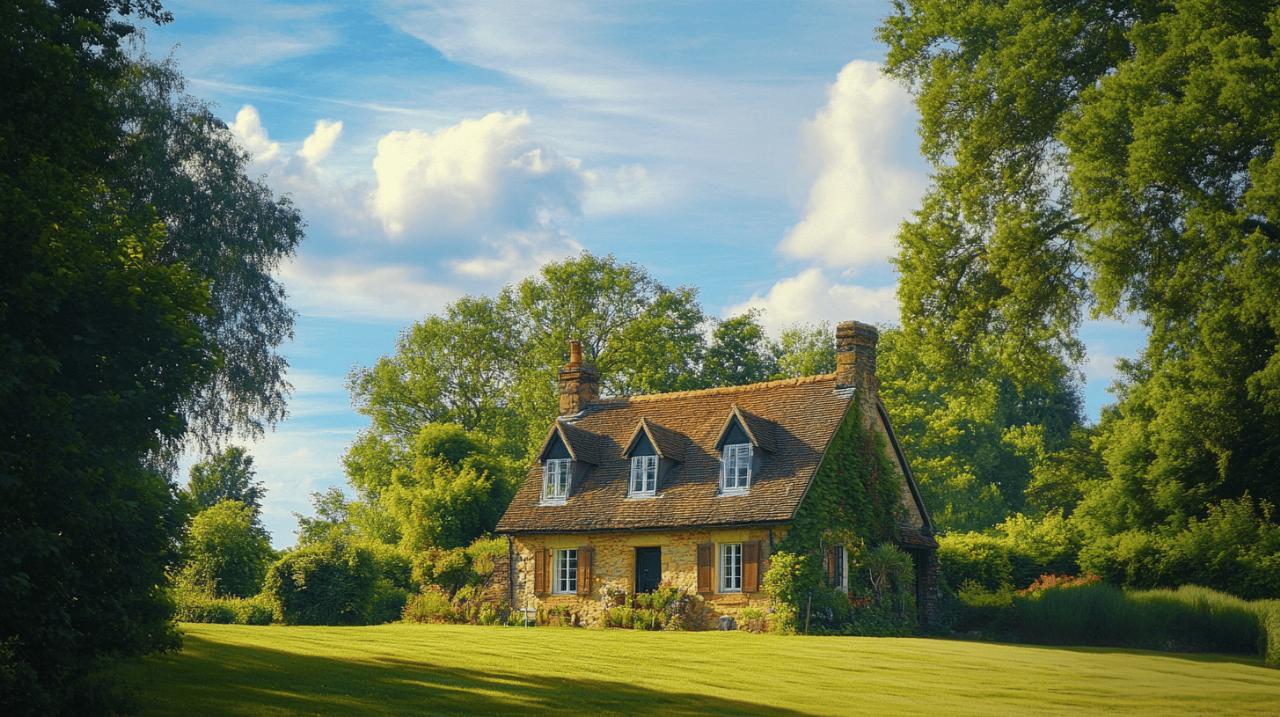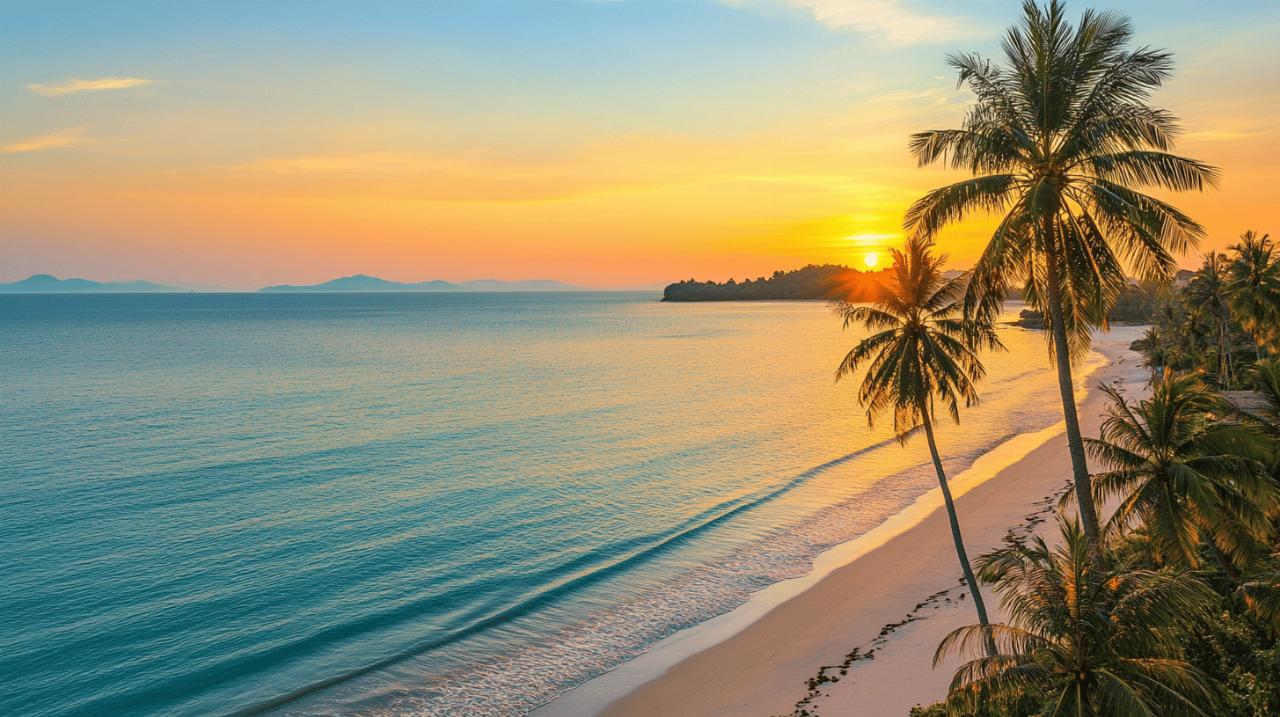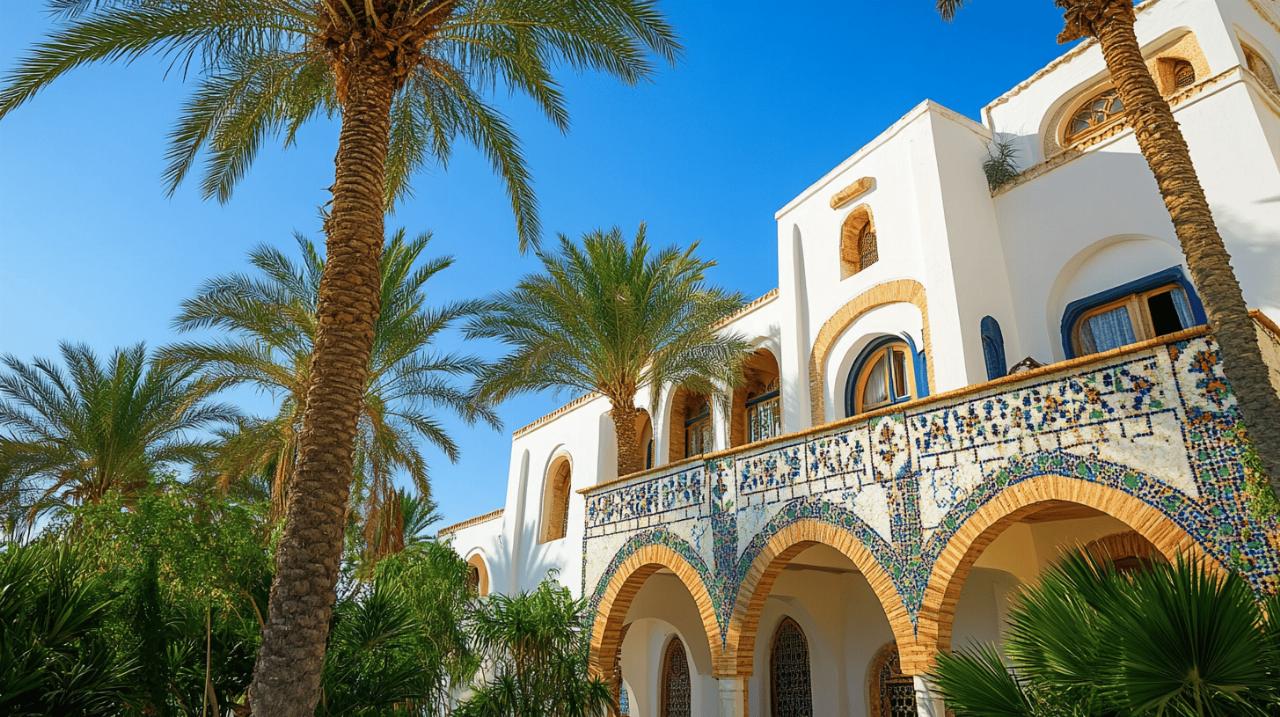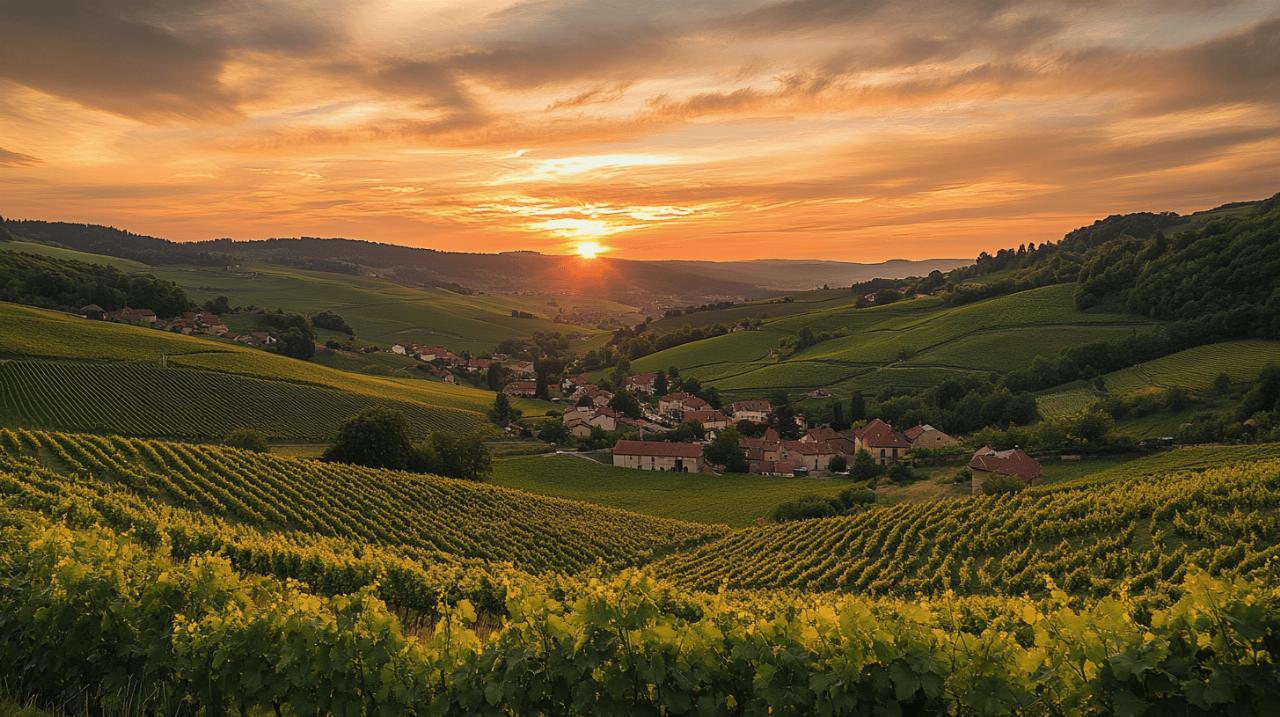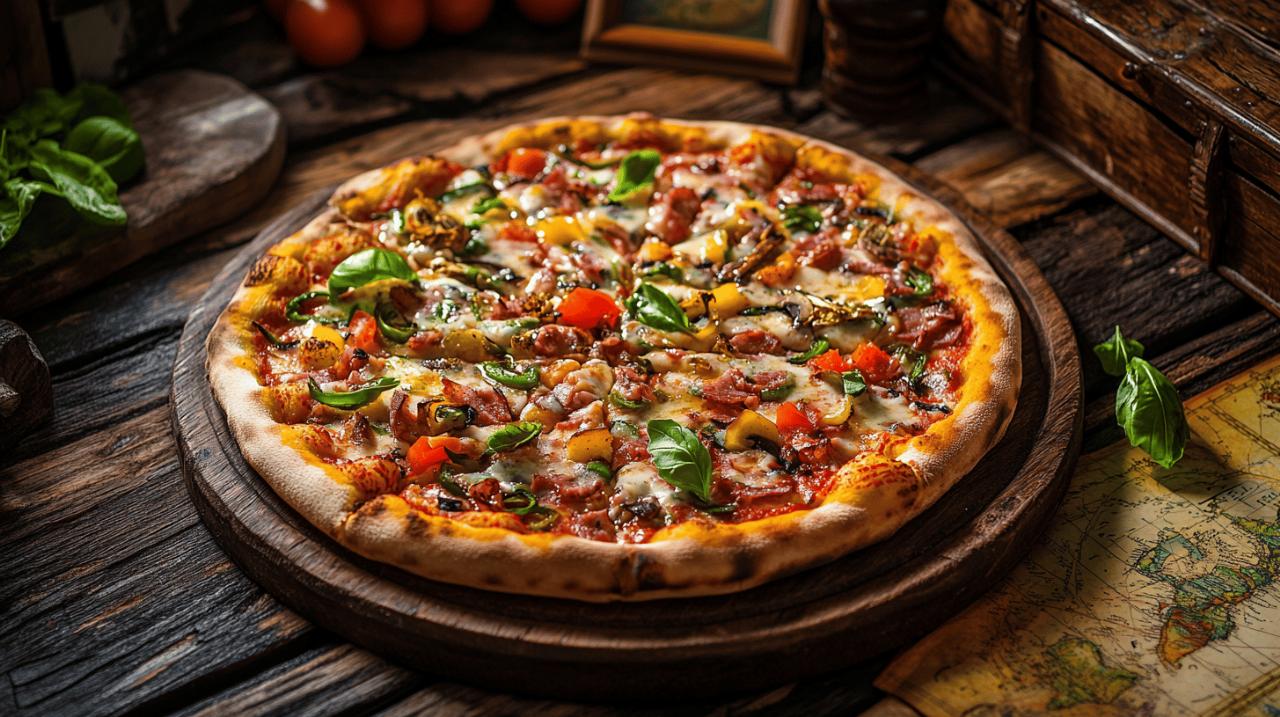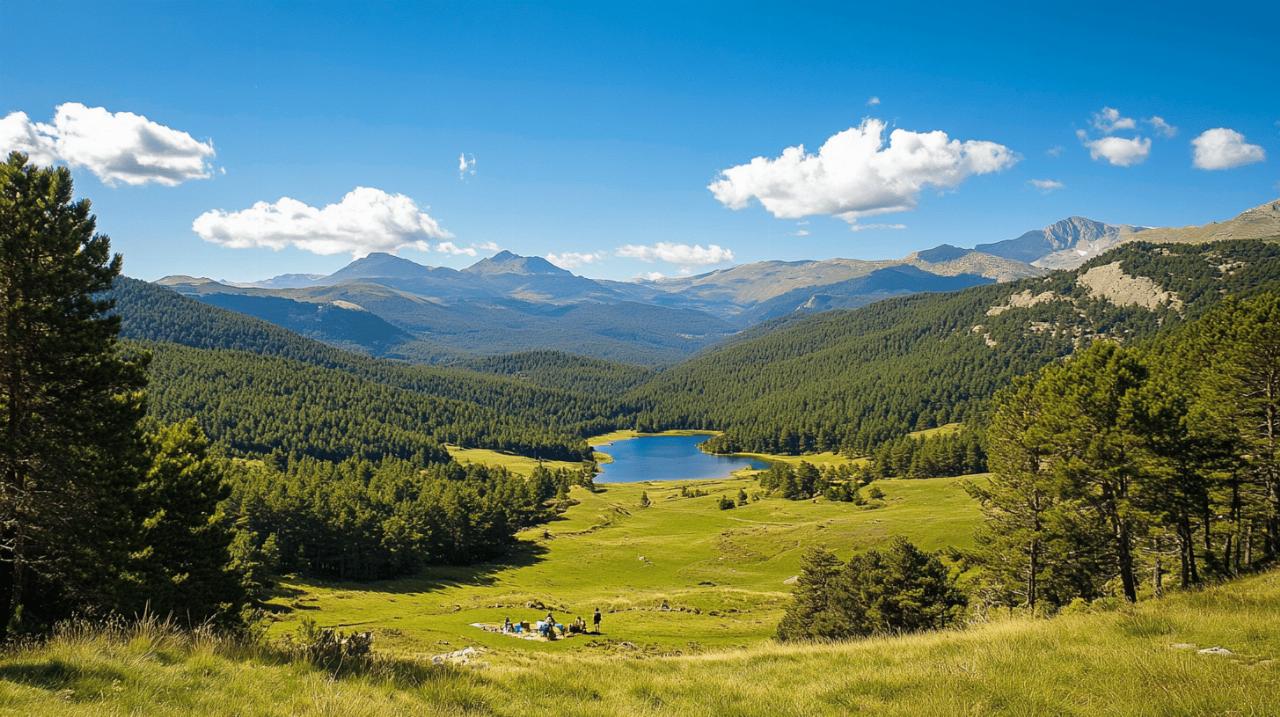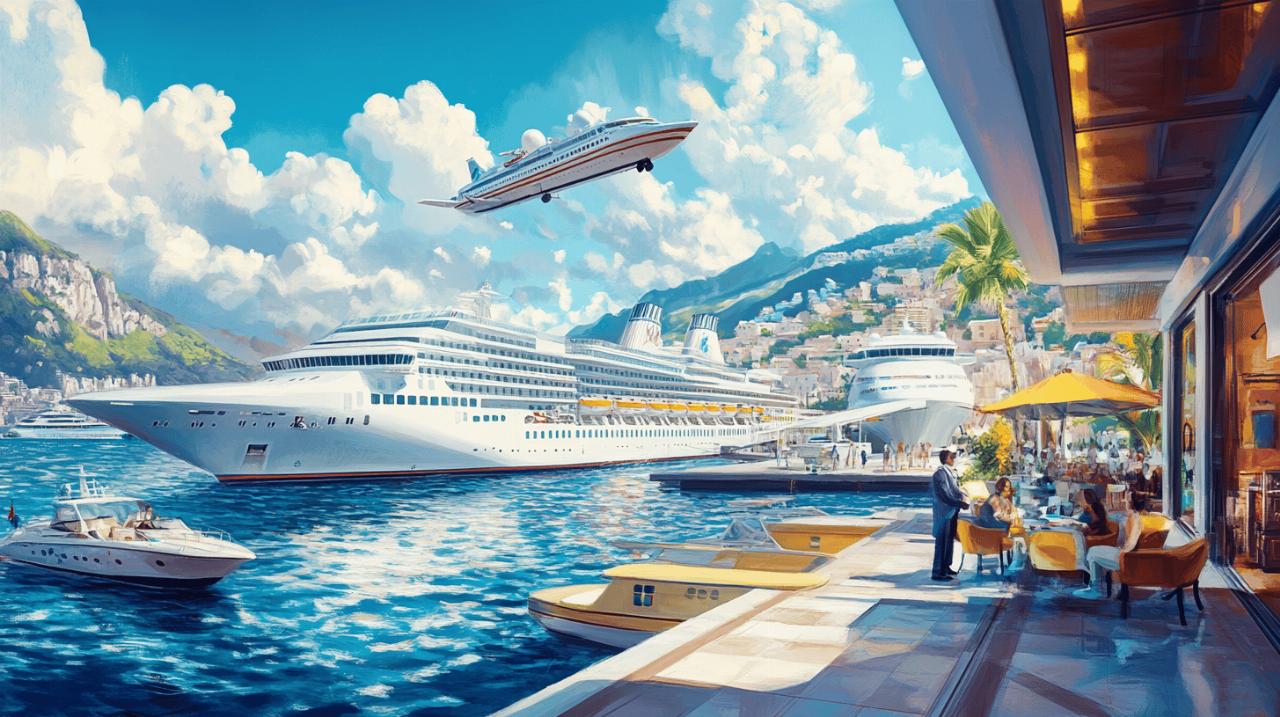Nestled between the mighty Pyrenees mountains and the azure Mediterranean Sea, the Pyrénées-Orientales region offers a tapestry of diverse landscapes and cultural experiences. This southern French department, with its unique blend of French and Catalan influences, presents a captivating journey through mountains, rivers, coastal shores, and vineyard-dotted countryside. From ancient fortified settlements to bustling seaside towns, each village tells its own story while sharing the common thread of this region's rich heritage.
The majestic mountain settlements of pyrénées-orientales
The Pyrénées-Orientales boasts some of the most breathtaking mountain villages in all of France. Perched among peaks that reach heights of nearly 3,000 metres, these settlements have developed distinct identities shaped by centuries of relative isolation and the dramatic landscapes that surround them. The towering Pic du Canigou, standing proudly at 2,784 metres, serves as a constant backdrop and cultural symbol for many of these communities.
Hidden gems among the peaks
Tucked away in the folds of the eastern Pyrenees are villages that time seems to have forgotten. Villefranche-de-Conflent stands as a testament to medieval engineering and has earned UNESCO recognition for its remarkably preserved fortifications. With cobbled streets winding between stone buildings, this mountain stronghold offers visitors a glimpse into centuries past. Nearby, the village of Castelnou has been officially recognised as one of the 'Most Beautiful Villages of France', its honey-coloured stone houses clustering beneath an 11th-century castle on a rocky outcrop.
Cultural heritage of mountainside communities
The mountain settlements of Pyrénées-Orientales carry forward traditions that blend French customs with strong Catalan influences. Many villages celebrate seasonal festivals that date back generations, with music, dance, and cuisine reflecting this unique cultural fusion. The small town of Céret, with its picturesque cobbled streets, has long been a haven for artists drawn to the quality of light and dramatic mountain scenery. Throughout these communities, the Catalan language remains alive, heard in conversations at local markets and seen on bilingual street signs, a reminder of the region's complex historical identity spanning the French-Spanish frontier.
Charming riverside villages and their unique character
The waterways of Pyrénées-Orientales have nurtured settlements for millennia, providing both sustenance and natural defence. Today, these riverside communities maintain distinctive characters that reflect their relationship with the flowing waters that have shaped them. From mountain streams to broader river valleys, these villages showcase architectural adaptations to their riparian environments.
Waterways shaping local life and architecture
The rivers flowing from the Pyrenees to the Mediterranean have profoundly influenced how villages have developed over centuries. Stone bridges, water mills, and irrigation systems tell the story of communities that learned to harness these waters for survival and prosperity. In many villages, houses turn their faces toward the water, with terraces and balconies designed to catch cooling breezes during hot summers. The technical ingenuity of these settlements becomes apparent in their flood-mitigation designs, raised foundations, and drainage systems that have allowed them to thrive alongside sometimes temperamental waterways.
Seasonal festivities along the banks
The river villages of Pyrénées-Orientales mark the changing seasons with celebrations that often centre around their waterways. Summer brings swimming competitions and boating events, while spring is welcomed with festivals that symbolically cleanse the waters for the coming year. Local traditions include water processions where decorated boats carry religious icons, blending Catholic ritual with pre-Christian water worship. These festivities bring communities together while attracting visitors eager to experience authentic local culture. The rhythm of life in these villages continues to flow with the waters that have sustained them through countless generations.
Coastal towns where mediterranean meets catalan influence
The golden shores of the Côte Vermeille represent where mountain meets sea, creating some of the most visually stunning coastal settlements in Europe. These towns showcase a perfect marriage of Mediterranean maritime culture and deep-rooted Catalan traditions, resulting in vibrant communities with distinctive identities. Stretched along bays and coves where the Pyrenees tumble into the sea, these coastal havens have long served as cultural crossroads.
Fishing heritage and maritime traditions
The fishing heritage of towns like Port-Vendres continues to define their character despite changing economic realities. This authentic fishing port maintains working harbours where colourful boats still bring in daily catches that supply local restaurants with fresh seafood. In contrast, Collioure has transformed its fishing past into cultural capital, with its Mediterranean charm showcased in colourful streets that have inspired generations of artists. The maritime traditions remain visible in boat blessings, fishermen's quarters, and local cuisine that centres around the bounty of the sea. Along the coast, beaches like Anse Sainte Catherine in Port-Vendres and Le Racou in Argelès-sur-Mer offer visitors different expressions of coastal living.
Modern beachside havens with historic roots
Contemporary beach towns like Canet-en-Roussillon and Saint-Cyprien have evolved to meet tourism demands while preserving elements of their historical character. These seaside communities balance modern amenities with cultural authenticity, offering visitors experiences that range from water sports and beach relaxation to explorations of local heritage. The town of Elne showcases this duality perfectly, with its historic upper town overlooking newer developments that stretch toward the coast. These settlements demonstrate how coastal communities have adapted to changing economic patterns while maintaining connections to their past, creating spaces where visitors can enjoy Mediterranean pleasures while absorbing genuine local culture.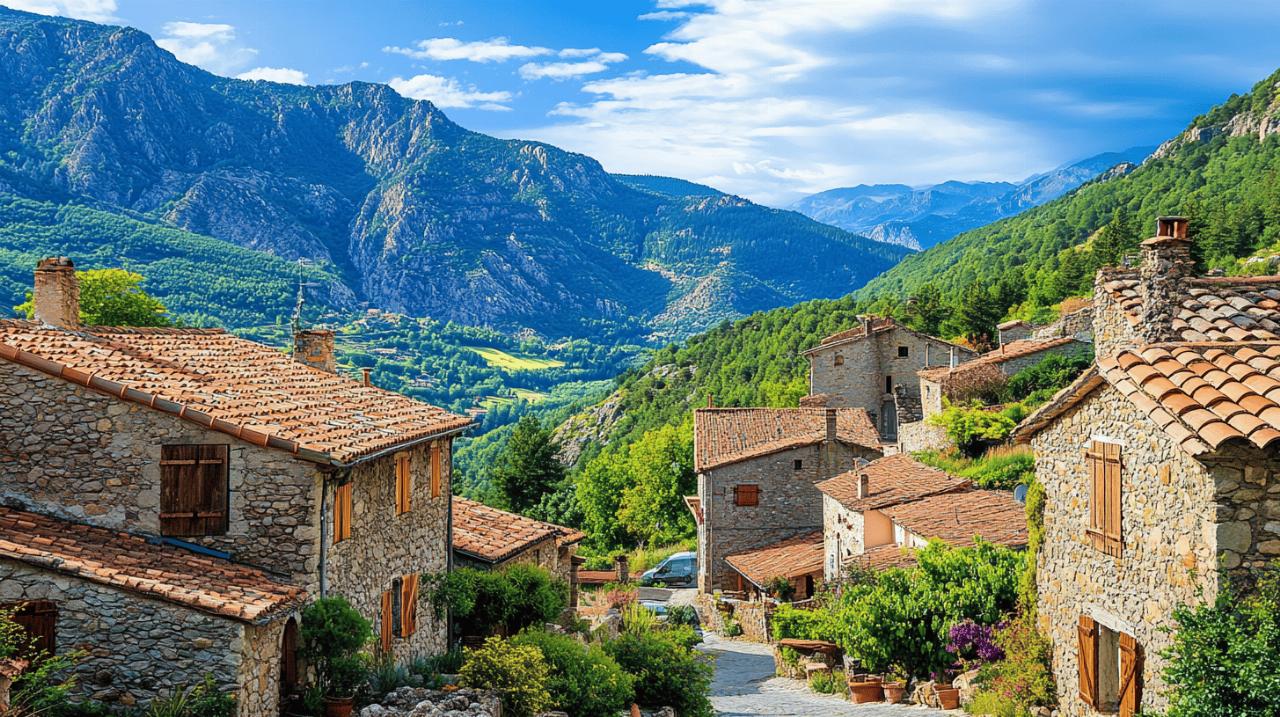
Vineyards and Rural Settlements of the Region
Away from mountains and shorelines, the rural interior of Pyrénées-Orientales reveals a landscape dominated by vineyards and agricultural communities that have maintained intimate connections with the land. These villages, often overlooked by tourists heading to more famous destinations, offer authentic glimpses into the working life of the region. The undulating countryside, blessed with abundant sunshine, provides ideal conditions for wine production and farming.
Wine-producing villages and their stories
The vineyards surrounding villages like Banyuls-sur-Mer and Maury have shaped local identity for centuries. These communities have developed distinctive wine-making traditions that reflect their specific terroirs and historical influences. Walking through these villages reveals architecture built to support wine production, from communal pressing facilities to cellars carved into hillsides. Seasonal events mark the wine-growing calendar, with harvest celebrations representing the culmination of the year's work. The winemakers' aperitifs, running from April through October, invite visitors to taste the fruits of local labour while connecting with producers who carry forward generations of expertise.
Sustainable farming communities and local produce
Rural villages throughout the region maintain strong agricultural traditions beyond viticulture. Communities like Palau del Vidre and Ortaffa showcase sustainable farming practices that have evolved over centuries to work with the Mediterranean climate. Local markets in these villages overflow with seasonal produce, from olives and tomatoes to cherries and peaches. The cultural importance of agriculture becomes apparent in festivals celebrating specific harvests and in cuisine that remains deeply connected to what grows locally. Through organisations and cooperatives, these farming communities are adapting traditional knowledge to contemporary challenges, ensuring that sustainable practices continue to support both environmental health and local economies.
Practical Tips for Eco-friendly Exploration of Pyrenees-Orientales
Nestled between the majestic Pyrenees mountains and the sparkling Mediterranean Sea, the Pyrenees-Orientales region offers a remarkable blend of natural beauty, rich Catalan culture, and diverse landscapes. This unique area, with approximately 480,000 residents, invites visitors to experience everything from golden beaches along the Côte Vermeille to towering peaks like Pic du Canigou (2,784 metres) and Pic Carlit (2,921 metres). For those keen to discover this magnificent region whilst treading lightly, here's how to navigate your journey sustainably.
Transportation networks linking mountain and sea
The Pyrenees-Orientales boasts an impressive network of sustainable transport options that connect its varied landscapes. The EuroVelo 8 cycling route, known as 'The Mediterranean by bike,' provides a splendid way to travel between coastal villages and inland areas. The Voie-verte Port-Vendres/Paulilles (1.3 km) offers a gentle path for cyclists and pedestrians alike to enjoy spectacular sea views. For more ambitious cyclists, the Eurovélo 8 stretch from Sorède to Argelès-sur-Mer (15.7 km, 60 D+) connects mountain foothills to the Mediterranean coast.
Public transport links the main city of Perpignan with charming villages such as Collioure, Port-Vendres, and Céret, reducing the need for car hire. From coastal towns like Argelès-sur-Mer, Canet-en-Roussillon and Saint-Cyprien, regular buses serve inland destinations, making it possible to stay by the sea whilst exploring mountain villages like Villefranche-de-Conflent, a UNESCO site, or Castelnou, one of the 'Most Beautiful Villages of France.' Many walking trails, such as Les Balcons de Sorède (22.7 km) or the historical La Retirada et les chemins de l'Exil route (5.4 km), are accessible from transport hubs, allowing visitors to explore the region's diverse beauty whilst minimising their carbon footprint.
Seasonal considerations for responsible tourism
Timing your visit thoughtfully can greatly enhance your eco-friendly experience in Pyrenees-Orientales. The region experiences varying levels of tourism throughout the year, with coastal areas like Collioure, Argelès-sur-Mer, and Port-Vendres becoming quite busy during July and August. By visiting in May-June or September-October, you'll not only enjoy more comfortable temperatures for hiking in areas like the Catalan Pyrenees Regional Natural Park but also help distribute tourism impact more evenly across the year.
Each season offers unique sustainable experiences. Spring brings wildflowers to mountain trails and the first opportunities for sea swimming. Summer allows full enjoyment of the beaches at Le Racou, Anse Sainte Catherine, and Paulilles Cove, alongside mountain lakes such as Étang de Leucate and Lac de Matemale. Autumn is perfect for vineyard visits around Banyuls and Collioure when the grape harvest is underway. Look out for seasonal events that celebrate local culture and produce, such as Winemakers aperitifs (April to October) and Winegrower kayak tours (May to September), or plan your visit around European Heritage Days in September to gain access to historical sites whilst supporting cultural preservation. Winter offers quieter exploration of villages like Saint-Jean-Pied-de-Port and Cauterets, known for its thermal springs, without the summer crowds. By embracing these seasonal rhythms, visitors can enjoy authentic experiences whilst supporting sustainable tourism practices throughout the Pyrenees-Orientales.

